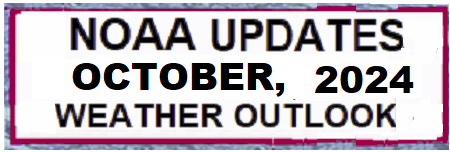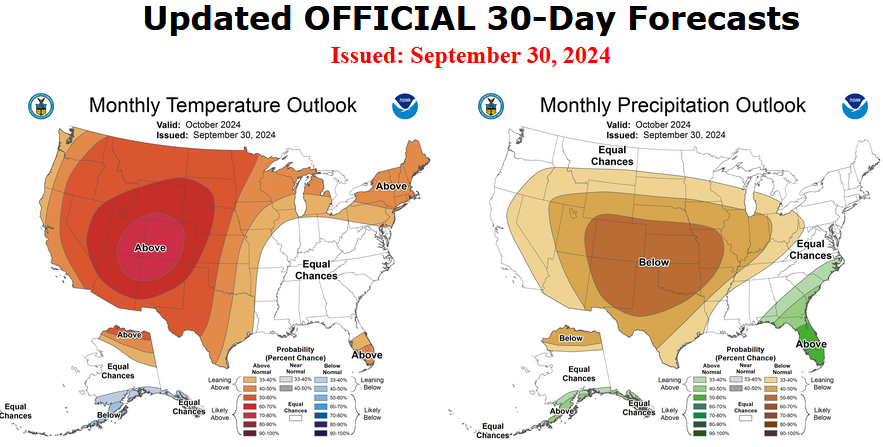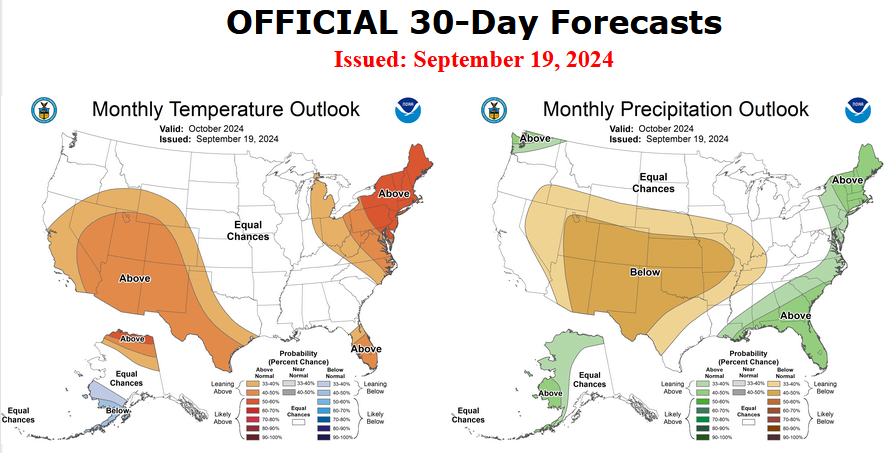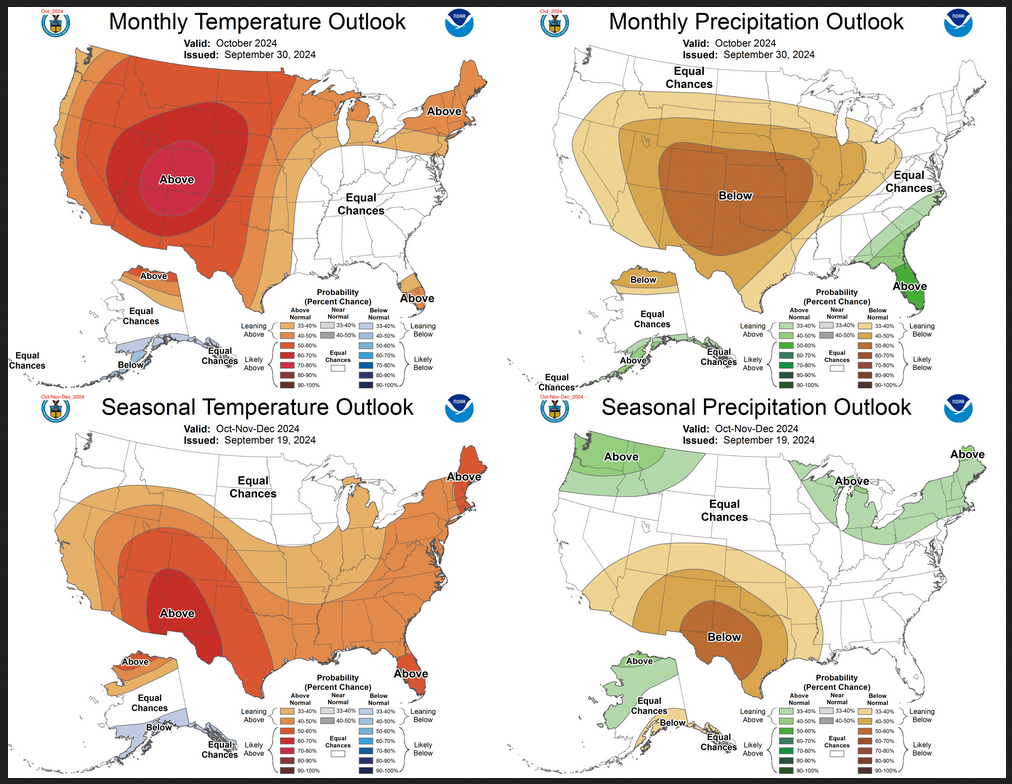Weather Outlook for the U.S. for Today Through at Least 22 Days and a Six-Day Forecast for the World: posted October 7, 2024
This article focuses on what we are paying attention to in the next 48 to 72 hours. The article also includes weather maps for longer-term U.S. outlooks (up to four weeks) and a six-day World weather outlook which can be very useful for travelers.
First the NWS Short Range Forecast. The afternoon NWS text update can be found here after about 4 p.m. New York time but it is unlikely to have changed very much from the morning update. The images in this article automatically update.
Short Range Forecast Discussion
NWS Weather Prediction Center College Park MD
Mon Oct 07 2024
Valid 12Z Mon Oct 07 2024 – 12Z Wed Oct 09 2024…Hurricane Milton continues to intensify over the southwest Gulf of
Mexico and is expected to move northeastward towards the Florida Peninsula
by the middle of the week……Very heavy rainfall well ahead of Hurricane Milton brings the threat of
flash flooding to the central/southern Florida Peninsula and Keys……Record-breaking heat continues early this week for California and the
Desert Southwest, with much above average temperatures also expected for
the Intermountain West and Plains…Hurricane Milton continues to intensify over the southwestern Gulf of
Mexico and is currently forecast by the National Hurricane Center (NHC) to
move northeastward and make landfall along the central Florida Gulf Coast
on Wednesday. However, potentially significant flash flooding impacts are
expected to continue well ahead of the storm as anomalously moist tropical
air and instability increase along a wavy frontal boundary draped across
the southern Florida Peninsula. Separate waves of low pressure along this
front will favor areas of very heavy to potentially extreme rainfall in a
concentrated fashion across portions of South Florida Tuesday, with a
Moderate Risk of Excessive Rainfall (level 3/4) in effect. This will bring
the potential for numerous instances of urban flash flooding. A broader
Slight Risk covers the central Atlantic Florida Coast as well as the
southwestern Gulf Coast for more scattered instances of flash flooding. A
Slight Risk is also in place on Tuesday as one wave departs and ahead of
the approach of Hurricane Milton, as locally very heavy rainfall and some
scattered instances of flash flooding will remain possible. Please consult
the latest NHC public advisories for updated information on the expected
track and impacts from Hurricane Milton as it approaches the Florida Gulf
Coast mid-week, including life-threatening storm surge, damaging winds,
and a continued threat of very heavy rainfall and widespread flash
flooding.Meanwhile, a record-breaking late-season heat wave continues early this
week across areas of central and southern California and the Desert
Southwest as a ridge of high pressure aloft persists over the region.
Forecast highs Monday will once again soar into the upper 90s to low 100s
outside of the immediate coastal areas of central and southern California,
with high temperatures reaching as high as the low 110s for the interior
portions of the Desert Southwest. Heat-related advisories and warnings are
in place as this persistent level of major to extreme heat remains a
danger to anyone without adequate air-conditioning or hydration, and for
those spending greater time outdoors. Numerous daily record-tying or
record-breaking high temperatures are expected to occur across the region.
The one reprieve is that temperatures are expected to slowly drop through
the week beginning on Tuesday, with highs a few degrees lower and less
heat-related impacts expected. A few daily record-tying/breaking highs
still remain possible in the Desert Southwest though. While not quite as
hot, highs are also trending well above average for most of the rest of
the Intermountain West, with highs in the 70s and low 80s for the northern
Great Basin/Rockies and into the mid-80s for the central Great Basin.
These very warm temperatures will also spread east out into the
northern/central Plains as the ridge of high pressure shifts eastward this
week. Forecast highs the next couple of days are in the 70s to low 80s for
the northern Plains and into the mid-80s for the central Plains. Forecast
highs have continued to remain unseasonably warm for the Southern
Plains/Texas, with mid-80s to mid-90s expected.Elsewhere, a cold front moving through New England will bring showers and
thunderstorms Monday, with a few storms lingering into Tuesday for
Downeast Maine. Forecast highs will be more seasonable for much of the
Midwest/Great Lakes into the Northeast following the cold front passage,
with highs in the 60s to low 70s. The South will be dry and a bit hot on
Monday ahead of the cold front, with highs generally in the mid- to upper
80s. Temperatures will drop to more seasonable levels on Tuesday here as
well after the cold front passes through, with highs in the 70s to low
80s. A system entering the Pacific Northwest will bring rain chances
Tuesday.







